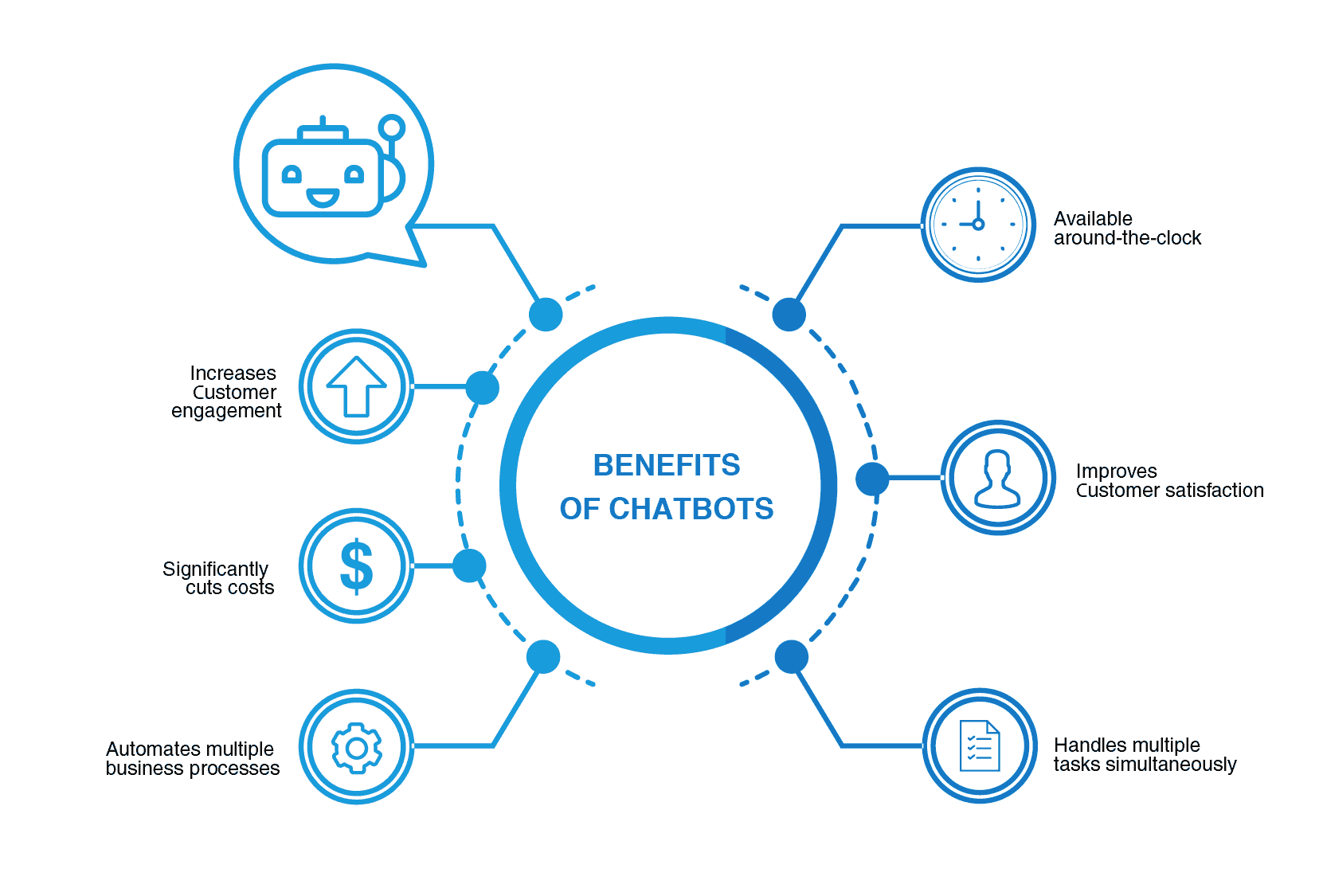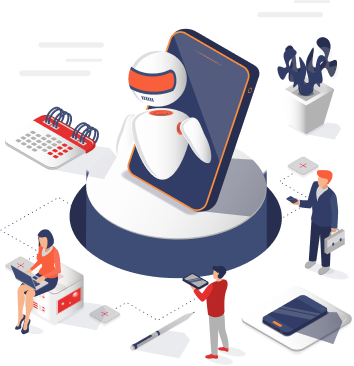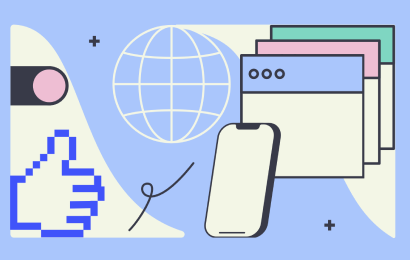Introduction:
In today's fast-paced business world, customer service is more important than ever. With the rise of e-commerce website and the increasing demand for seamless digital experiences, companies are turning to innovative technologies to improve their customer service offerings. One such technology that is rapidly gaining popularity is chatbots.
Chatbots are automated programs that simulate human conversations. They use natural language processing (NLP) and machine learning algorithms to understand and respond to customer inquiries, complaints, and requests. With chatbots, customers can receive instant assistance and support 24/7, regardless of their location or time zone.
Understanding Chatbots and their Evolution
The concept of chatbots is not new. In fact, the first chatbot was created in 1966 by MIT professor Joseph Weizenbaum. However, it was not until the last decade that chatbots started to become more advanced and widely used in business communication.
The evolution of chatbots can be traced back to the early days of instant messaging platforms, such as AOL Instant Messenger and MSN Messenger. These platforms introduced the concept of automated chat assistants that could provide basic information and perform simple tasks, such as setting reminders and sending notifications.
As technology progressed, chatbots became more sophisticated and capable of handling complex customer interactions. Today, chatbots can be found on a variety of platforms, including social media, websites, and chat messaging apps.
The Benefits of Chatbots in Customer Service

Chatbots have become increasingly popular in recent years, particularly in the customer service industry. Here are some of the key benefits that chatbots offer to businesses and customers alike:
1. 24/7 availability
Chatbots are always available, unlike human representatives.
Customers can get help anytime they need it, even outside business hours.
2. Faster response time
Chatbots can respond to inquiries instantly, without long wait times.
Improves customer satisfaction and reduces frustration.
3. Cost savings
Automating customer service tasks reduces labor costs.
Chatbots can handle a high volume of inquiries simultaneously, without additional staff.
4. Personalization
Chatbots can provide personalized responses based on past interactions.
Builds stronger customer relationships and improves the overall experience.
5. Scalability
Chatbots can handle an increasing volume of inquiries without requiring additional resources.
A cost-effective solution for businesses of all sizes.
6. Consistency
Chatbots provide consistent responses to common inquiries.
Improves the accuracy and reliability of customer service interactions.
Chatbots in Business Communication: Real-Life Examples
Chatbots are already being used by a wide range of businesses to improve customer service and real-time communication. Here are a few real-life examples:
- Sephora: The beauty retailer Sephora uses a chatbot on Facebook Messenger to provide customers with personalized product recommendations based on their skin type and preferences.
- Pizza Hut: Pizza Hut's chatbot, "Pepperoni Pete," allows customers to order pizza through Facebook Messenger or Twitter.
- Mastercard: Mastercard's chatbot, "Kai," provides customers with information on their account balances, recent transactions, and rewards points.
Implementing Chatbots in Your Business
Implementing a chatbot in your business can seem daunting, but it doesn't have to be. Here are a few steps to get started:
1 - Determine your goals: What do you want your chatbot to achieve? Do you want it to handle customer inquiries, provide product recommendations, or process orders?
2 - Choose a platform: There are a variety of platforms available for building chatbots, including Facebook Messenger, WhatsApp, and Slack.
3 - Build your chatbot: You can build your chatbot using a chatbot builder platform or hire a developer to build a custom solution.
4 - Test and refine: Once your chatbot is up and running, test it extensively to identify any bugs or issues. Refine your chatbot based on customer feedback and usage data.
Common Challenges and Limitations of Chatbots
While chatbots offer many benefits, there are also some common challenges and limitations to consider. For example, chatbots can sometimes struggle to understand complex or ambiguous customer inquiries, which can lead to frustration for the customer. Additionally, chatbots may not be able to provide the same level of personalization and empathy as human customer service representatives, which can impact the overall customer experience.
Another challenge is ensuring that chatbots are accessible to all customers, including those with disabilities. It's important to design chatbots with accessibility in mind, such as providing alternative text descriptions for images and using clear and concise language.
Best Practices for Chatbot Design and Development

To maximize the benefits of chatbots and overcome some of the challenges, it's important to follow best practices for chatbot design and development. Here are a few tips:
1 - Define your chatbot's personality: Giving your chatbot a personality can make it more engaging and human-like. However, it's important to ensure that the personality aligns with your brand and is appropriate for your target audience.
2 - Use natural language: Chatbots should be programmed to understand and respond to natural language queries, rather than requiring customers to use specific commands or phrases.
3 - Provide fallback options: In case the chatbot is unable to understand or respond to a customer's inquiry, provide a fallback option, such as directing the customer to a human customer service representative.
4 - Continuously improve and update: Use customer feedback and usage data to continuously improve and update your chatbot to better meet customer needs and preferences.
Future of Chatbots in Customer Service and Business Communication
The future of chatbots in customer service and business communication looks bright. As chatbot technology continues to advance, chatbots will become even more sophisticated and capable of handling complex customer interactions.
In addition, chatbots will likely become more integrated with other technologies, such as artificial intelligence and voice assistants. This will enable chatbots to provide even more personalized and contextualized responses, as well as seamlessly integrate with other digital platforms and devices.
Conclusion
Chatbots are revolutionizing customer service and business communication. They provide a faster, more convenient, and personalized way for customers to get the help they need, while also improving the efficiency of customer service operations. By following best practices for chatbot design and development, businesses can maximize the benefits of chatbots and provide a seamless digital experience for their customers.





